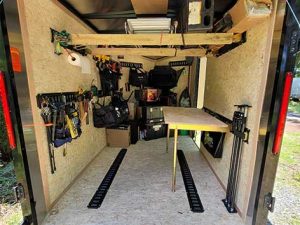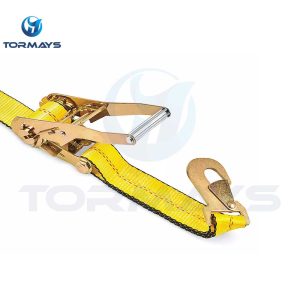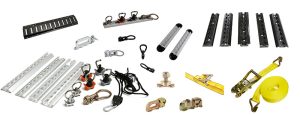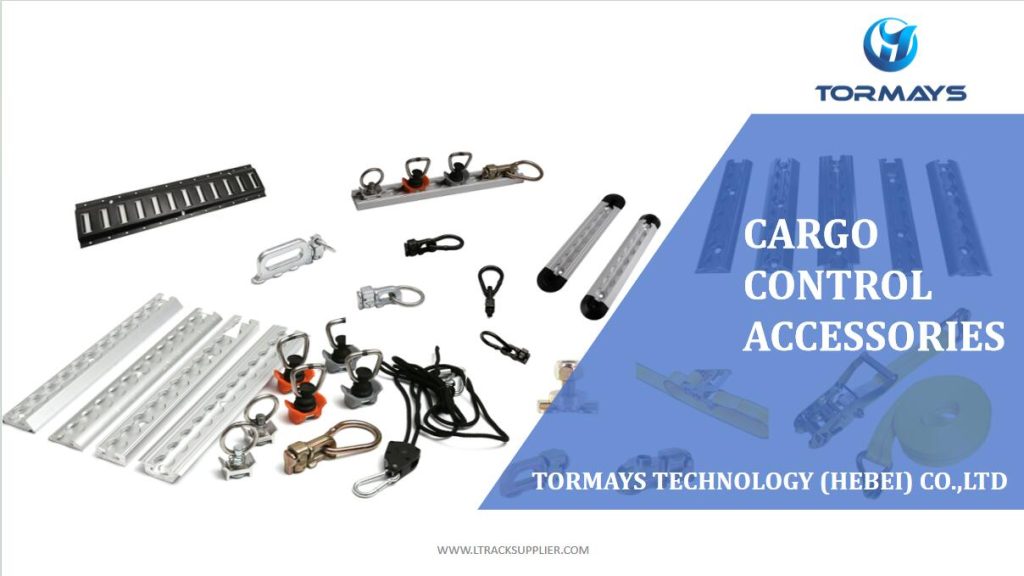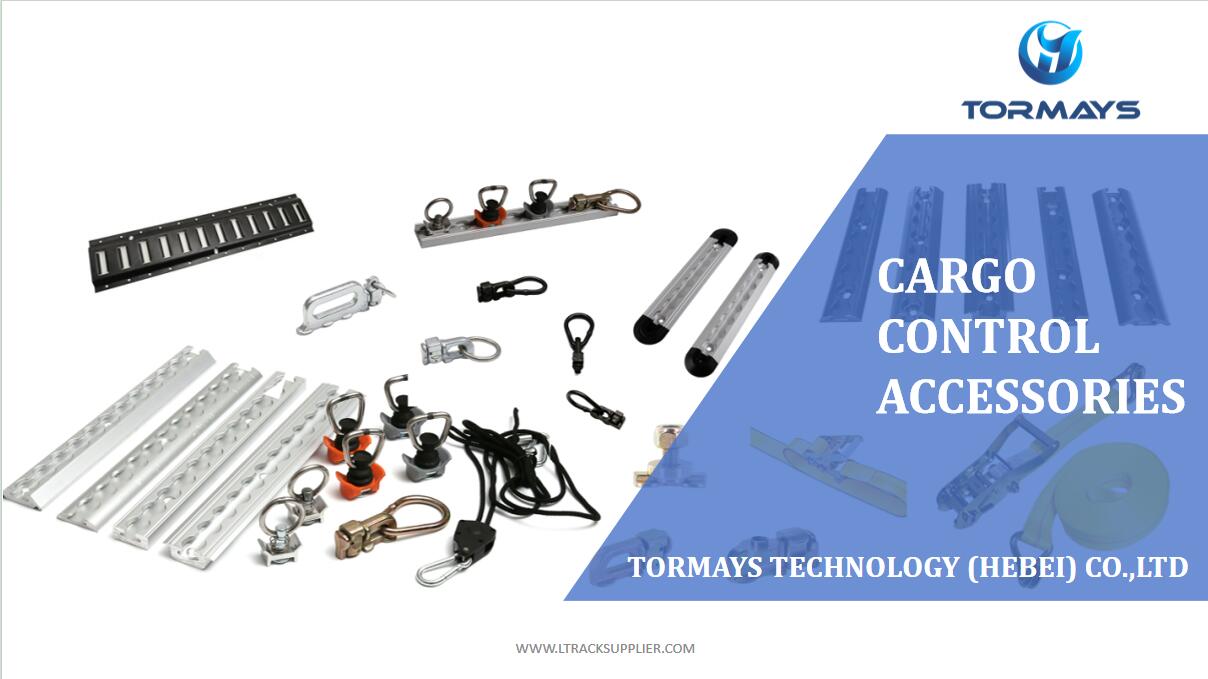Australia is known for its vast landscapes, rugged outback, and long stretches of road, making reliable cargo control systems essential for those who frequently transport goods. Whether you’re moving equipment for work, traveling across the country, or hauling cargo on a daily basis, having a dependable tie-down system is crucial. One of the most effective and versatile solutions available is the L track system. This blog will explore everything you need to know about using L track in Australia, including its benefits, key components, and why it’s perfect for Australian conditions.
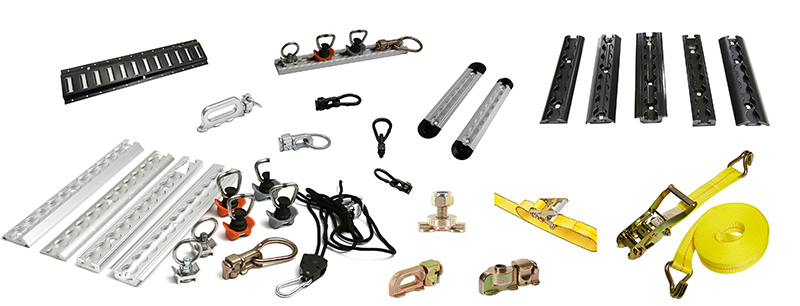
What is L Track and Why is it Ideal for Australia?
L track, also known as a logistics track or airline track, is a cargo tie-down system designed to secure loads in vehicles, trailers, and even airplanes. The L track rail system is particularly useful for the Australian market due to its durability and adaptability to the various terrains and weather conditions in the country. Whether you’re securing goods in a truck crossing the outback or organizing cargo in an urban delivery van, L track provides a flexible and sturdy solution.
Why Choose L Track for Cargo Control in Australia?
Australia’s unique conditions, from its remote areas to its high temperatures, require reliable load securing methods. Here’s why L track is perfect for the job:
Versatility: The L track system offers multiple adjustable tie-down points, making it adaptable to a variety of cargo sizes and shapes. Whether you’re hauling large industrial equipment or smaller packages, you can adjust the system to suit your specific load.
Durability: The heavy-duty track is built to withstand harsh weather conditions, whether you’re facing the heat of the Australian outback or the humidity of coastal regions.
Ease of Use: The simplicity of installing track fittings, cargo straps, and other L track accessories makes it user-friendly for both professional and personal use.
Cost-Effective: Compared to other tie-down systems, L track hardware and installation are relatively affordable, especially when considering its long-term durability.
Key Benefits of Using L Track in Various Australian Industries
Logistics and Freight Australia’s logistics and freight industry is vast, covering everything from interstate transportation to local delivery services. The L track rail system helps drivers and companies secure their goods, ensuring safe and damage-free transport. The flexibility of track fittings and L track anchors allows for quick adjustments to cargo sizes, streamlining the loading and unloading process.
Agriculture and Farming Farms in Australia often require the transport of heavy machinery and equipment over long distances. The heavy-duty track of the L track system is robust enough to secure tractors, plows, and other farming tools. Farmers can mount the system to the floor of their trucks or trailers, creating a reliable floor-mounted track that holds equipment firmly in place.
Mining and Construction Mining and construction industries often deal with oversized or awkwardly shaped equipment. An L track rail system offers the adjustable tie-down points needed to secure such equipment. Whether it’s transporting building materials or machinery across rough terrain, L track fittings and cargo tie-down rail systems ensure everything stays where it should, even in bumpy conditions.
Aviation Aircraft seat tracks were the original application for airline track, and these systems remain essential in the aviation industry today. The ability to use L track fittings and L track anchors to quickly secure and adjust cargo in an aircraft makes the system indispensable for both passenger planes and cargo aircraft.
How to Install L Track in Your Vehicle or Trailer
Whether you’re installing L track in a van, truck, or trailer, the process is straightforward and can be tailored to fit your specific needs. Here’s a step-by-step guide to help you install the mounting track system in your vehicle:
Choose the Location: Decide whether you want a floor-mounted track or a wall-mounted track system. The placement depends on the type of cargo you’re hauling and the size of your vehicle. A floor-mounted track is ideal for securing heavy equipment, while a wall-mounted system is great for lightweight, smaller items.
Measure and Mark: Before drilling any holes, measure and mark where your L track rails will be installed. Ensure the track is evenly spaced and straight, as this will provide the best support for your tie-down system.
Drill Holes: Use a drill to create holes for the L track hardware. Make sure the holes are the correct size for the bolts or screws you’ll be using.
Secure the Track: Once the holes are drilled, align your L track rails and secure them in place using bolts or screws. Ensure everything is tight and secure before moving on.
Install L Track Fittings and Anchors: After the track is installed, you can attach L track fittings and L track anchors. These provide the tie-down points where you’ll secure your cargo straps or other L track accessories.
Choosing the Right L Track Accessories for Your Needs

L track is versatile, but to get the most out of it, you’ll need the right L track accessories. These accessories are designed to enhance the functionality of your system and make cargo management easier. Here are some of the most common L track fittings and accessories used in Australia:
L Track Fittings: These are essential for connecting your cargo to the track system. L track fittings come in various forms, such as single studs, double studs, and clips, all of which can be easily snapped into place along the L track rail system.
Cargo Straps: Whether you’re hauling heavy machinery or delicate items, cargo straps are a must-have. They attach to the L track anchors and keep your cargo secure, even when driving over uneven terrain.
L Track Anchors: These provide strong tie-down points and are often adjustable, allowing you to customize the location of your straps based on the size of your load.
Track Fitting Handles: Some track fittings come with handles to make securing and adjusting your load even easier. These are especially useful for quickly releasing and tightening straps when you’re in a hurry.
Maintaining Your L Track System
To ensure your L track rail system lasts as long as possible, it’s important to perform regular maintenance, especially if you’re operating in harsh Australian conditions like the outback or coastal regions. Here are some tips to keep your system in top shape:
Regular Cleaning: Dust, dirt, and debris can accumulate in the track’s slots, especially if you’re working in construction, mining, or agriculture. Regularly clean the tracks and fittings to ensure smooth operation.
Check for Wear and Tear: Over time, L track fittings and L track anchors may wear out due to heavy use. Inspect your system regularly and replace any damaged or worn-out components.
Lubrication: If you’re using adjustable tie-down points, a little lubrication can go a long way in keeping them functioning smoothly. This is particularly useful for L track fittings that are frequently moved or adjusted.
Conclusion: Why L Track Is a Must-Have for Cargo Control in Australia
From the bustling cities to the remote outback, Australia presents a wide range of challenges when it comes to transporting goods. The L track system offers a reliable, versatile, and durable solution for securing cargo across industries such as logistics, agriculture, mining, and aviation. Whether you’re installing a vehicle tie-down system in your van or a trailer tie-down system for your equipment, L track is a highly adaptable choice for cargo management.
By incorporating L track fittings, L track accessories, and track rails, you can create a custom cargo tie-down rail system that suits your specific needs. The key to success with L track in Australia is its flexibility, durability, and ease of use, making it the ideal choice for anyone looking to improve their cargo control and load securing systems.
So, if you’re looking to upgrade your vehicle or trailer for safer, more efficient transportation of goods, consider installing an L track rail system. You’ll gain peace of mind knowing your cargo is secure, no matter the conditions or terrain you face across Australia.

